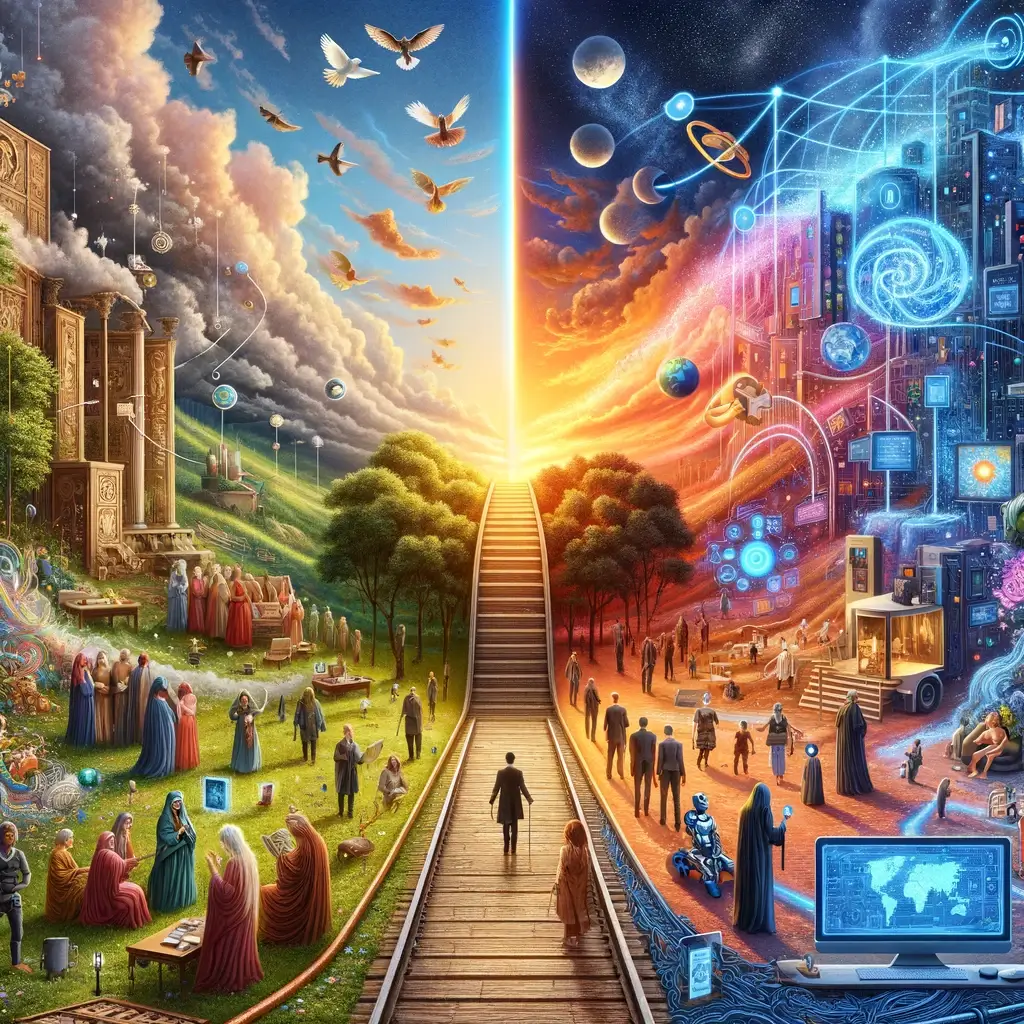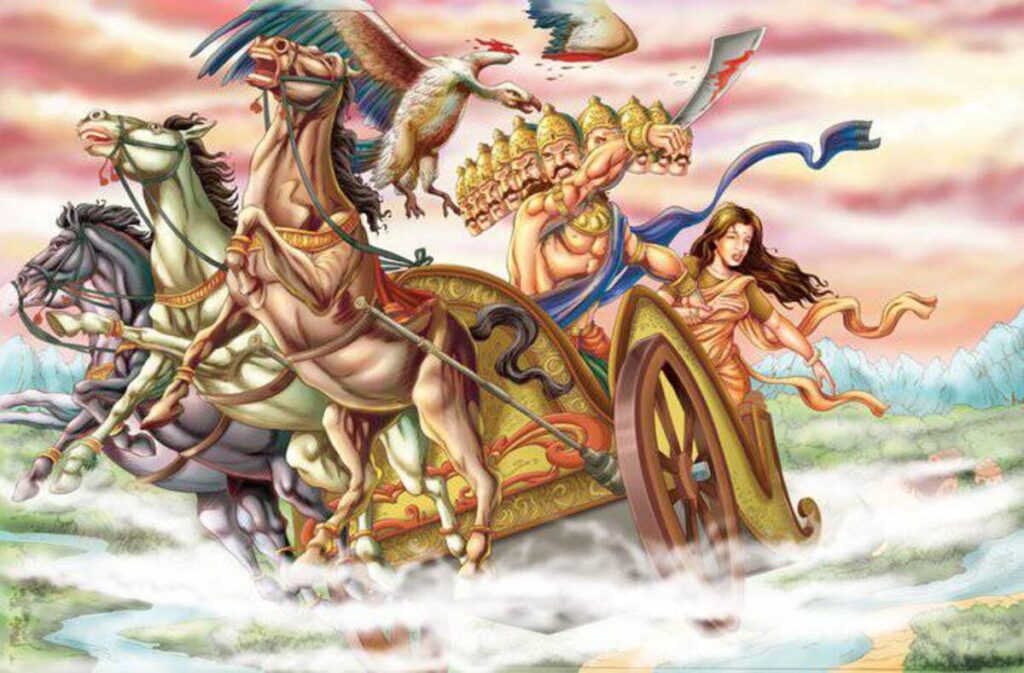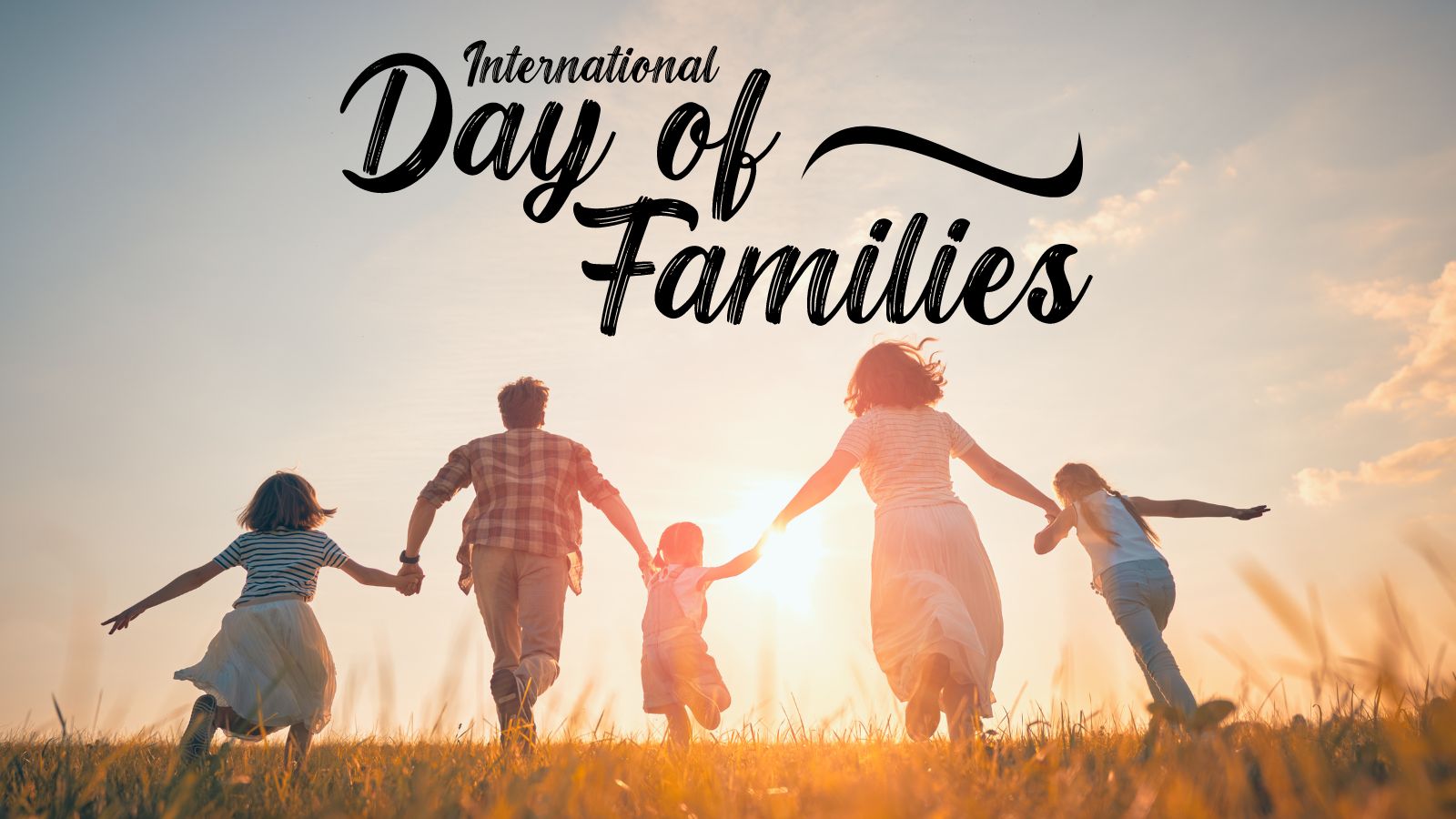How Is Technology Shaping Our Cultural Identity in the Digital Age?
In today’s world, technology is more than just a tool for communication and entertainment; it’s reshaping the very essence of who we are and how we express ourselves. Our cultural identity, once primarily defined by geography, tradition, and community, is now being influenced by the global digital landscape. From social media platforms to streaming services, technology has opened up new avenues for people to share their cultural practices, values, and experiences. In fact, one report by the Pew Research Center found that 72% of U.S. adults use social media to connect with others on cultural topics, while over 50% of young people globally engage in online communities that discuss or celebrate cultural heritage. But as much as these digital tools provide opportunities for cultural exchange and preservation, they also bring challenges—cultural appropriation, homogenization, and a shift in the way we connect with traditions. So, how exactly is technology shaping our cultural identity? Let’s dive in and explore both the bright and shadowy sides of this digital transformationLet’s see how this digital era is both a blessing and a burden for cultural identity.
Table of Contents
ToggleThe Digital Revolution and Globalization of Culture
One of the most significant ways technology is impacting cultural identity is through the globalization of culture. With just a few clicks, people can access music, films, art, fashion, and even cuisine from all over the world. Social media platforms like Instagram, YouTube, and TikTok have become global stages where cultural expressions can go viral, often crossing borders instantly. This globalization can be seen as a double-edged sword for cultural identity.
On the positive side, it allows marginalized or lesser-known cultures to gain visibility, fostering cross-cultural understanding and appreciation. For instance, artists from remote indigenous communities in the Amazon can now share their traditional music or art with audiences worldwide, preserving and promoting their culture in the digital space. Similarly, languages that might otherwise be dying out have found new platforms in the form of language-learning apps, YouTube channels, and podcasts. Technology can offer a form of digital preservation, allowing future generations to access the cultural expressions of their ancestors.
However, this wide exposure can also lead to cultural homogenization, where local traditions and practices begin to blur or merge with more dominant global cultures, often driven by Western media and consumerism. This can cause some traditions to lose their uniqueness or to be distorted for the sake of mass appeal. For example, traditional festivals might be modified or commercialized for a global audience, altering their original significance in favor of entertainment or tourism. In some cases, cultural symbols and practices are appropriated without regard for their deeper meanings, leading to a dilution or misrepresentation of their true essence.
Technology as a Bridge and a Barrier
Technology can also act as a bridge between generations, helping younger people stay connected with their cultural roots. Digital tools like websites, online courses, and virtual museums can provide education on indigenous languages, crafts, and history that might otherwise be inaccessible due to geographical or financial constraints. For example, many communities now use YouTube or other streaming services to teach traditional dances, music, and crafts, ensuring that these cultural practices are passed down to younger generations even in the face of modern distractions.
However, the very nature of technology also poses a barrier between younger and older generations. The rise of social media, gaming, and other digital entertainment platforms has led to concerns that younger people may become detached from their cultural heritage. Traditional forms of cultural expression—such as storytelling, communal rituals, or face-to-face celebrations—are being replaced or overshadowed by online activities that prioritize convenience, instant gratification, and global connectivity. In some cases, this has led to a disconnection from the more tactile, embodied experiences that were once central to cultural identity.
Technology and the Preservation of Cultural Traditions
On the preservation front, technology offers exciting possibilities. Many cultural traditions are being digitized to ensure they are safeguarded for future generations. Historical archives, ancient texts, and rare performances can now be stored in digital formats, making them more accessible and less vulnerable to loss or destruction. This is particularly important for indigenous cultures, which have historically faced threats to their languages, art, and practices due to colonization, globalization, or political oppression.
Take, for example, the digitization of languages. Several indigenous languages are at risk of disappearing, but new technologies like language apps and digital archives have enabled language revival efforts. Some communities are using AI-powered tools to teach their languages to young people, preserving them for future generations.
Another example is the digital archiving of traditional crafts and skills. Artisans in various parts of the world are documenting their techniques for making textiles, pottery, and other forms of art, and sharing them through online tutorials or virtual exhibitions. This can ensure that traditional craftsmanship is not lost over time, while also creating a global appreciation for these cultural practices.
The Tension Between Tradition and Innovation
While technology can help preserve traditions, it also creates a tension between tradition and innovation. For example, how do we preserve the essence of a traditional practice when it’s mediated through modern technology? A great example is virtual reality (VR) and augmented reality (AR), which are beginning to offer immersive experiences of cultural rituals, festivals, or historical events. While this can make cultural practices accessible to a global audience, there’s a question of whether a digital experience can ever truly capture the spirit of an in-person ritual.
Similarly, the digitization of religious practices (like live-streamed services or virtual pilgrimages) has sparked debates about whether technology can replace the physical, communal experience of worship. Can an online experience of a sacred space, for example, offer the same spiritual connection as physically being there? These questions invite us to reflect on what makes cultural traditions meaningful: is it the ritual itself, or is it the shared experience and the community that comes with it?
The Impact on Cultural Identity and Self-Expression
As technology becomes increasingly ingrained in our lives, individual cultural identity is also evolving. The rise of social media, blogging, and video platforms has allowed people to create new forms of cultural expression that reflect a blend of both tradition and modernity. For example, individuals from different cultural backgrounds are using TikTok or Instagram to share their personal experiences with food, fashion, and identity, often mixing traditional attire or rituals with modern styles and attitudes. This digital identity has led to the emergence of new hybrid cultures that are rooted in multiple traditions but are uniquely adapted to the globalized, digital world.
While this can be a beautiful expression of cultural diversity, it can also lead to a sense of fragmented identity. In some cases, individuals may feel pressure to either conform to mainstream global cultures or reject their heritage entirely. With social media’s constant flow of information, there’s often a desire to “fit in” with the dominant trends, which can cause younger generations to lose touch with their cultural roots. The risk here is the erosion of a cultural identity that was once defined by community, geography, and continuity.
How Vargis Kurien Transformed Milk into a Global Power | Maya
The Way Forward: Embracing Both Worlds
As we move further into the digital age, the question of how to balance tradition and technology remains crucial. Rather than viewing technology as a threat to cultural identity, it can be seen as a tool for innovation, education, and connection. The key is to use technology in ways that both preserve and adapt cultural traditions while ensuring they remain meaningful and relevant.
Communities around the world are already finding ways to reclaim and redefine their cultural identities in the digital age. Whether through online storytelling platforms, virtual reality experiences of ancient practices, or social media movements that celebrate indigenous knowledge, the possibilities are endless.
At the same time, it’s important to remain mindful of the potential for cultural dilution and misrepresentation, ensuring that technology does not commodify or strip away the deeper significance of traditions.
In the end, the challenge lies in embracing technology without losing sight of the roots that give us a sense of who we are. As the world becomes increasingly digital, our ability to preserve, adapt, and celebrate our cultural identities will depend on how we choose to navigate this intersection of tradition and innovation.




